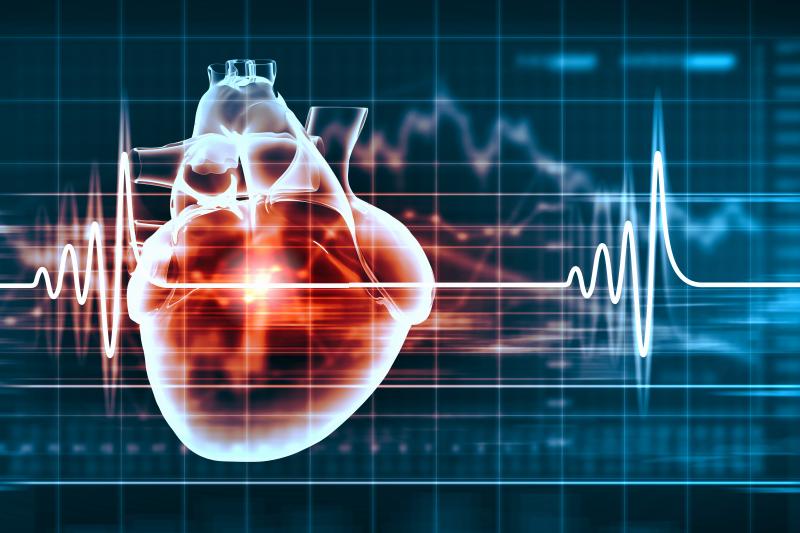
Implementing a high-sensitivity cardiac troponin I assay with sex-specific diagnostic thresholds results in identifying five times more women than men with myocardial injury, reports a study.
“Despite this increase, women received approximately one-half the number of treatments for coronary artery disease as men, and outcomes were not improved,” the investigators said.
To evaluate the impact of using a high-sensitivity cardiac troponin I assay with sex-specific thresholds for myocardial infarction (MI), the investigators enrolled consecutive patients with suspected acute coronary syndrome in a stepped-wedge, cluster-randomized controlled trial across 10 hospitals.
Myocardial injury was defined as high-sensitivity cardiac troponin I concentration >99th centile of 16 ng/l in women and 34 ng/l in men. Recurrent MI or cardiovascular (CV) death at 1 year was the primary outcome.
Overall, 48,282 patients (47 percent women) were eligible for the study. Use of the high-sensitivity cardiac troponin I assay with sex-specific thresholds led to a 42-percent increase in myocardial injury in women and a 6-percent risk in men.
Following this implementation, women with myocardial injury were still less likely than men to undergo coronary revascularization (15 percent vs 34 percent) and to receive treatment such as dual antiplatelet (26 percent vs 43 percent), statin (16 percent vs 26 percent) or other preventive therapies (p-all<0.001).
Eighteen percent and 17 percent of women with myocardial injury experienced recurrent MI or CV death 1 year before and after implementation, respectively (adjusted hazard ratio [aHR], 1.11, 95 percent CI, 0.92–1.33), as compared with 18 percent and 15 percent of men (aHR, 0.85, 0.71–1.01).